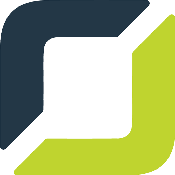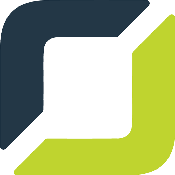Tech Spending Wisdom: Is Your Software Driving ROI?
The decision between pre-packaged software and a custom software solution is one that can have long-term consequences.
Software has become the driving force of modern business operations assisting with nearly all business processes. With the right software solutions, business leaders are able to successfully scale their organizations, meet customer demands, and quickly adapt to changing market conditions.
When considering software solutions, the biggest decision is whether to buy off-the-shelf software or to build custom software.
Custom Software
Tailored to the individual needs of one company, enabling companies to gain certain competitive advantages.
Off-the-Shelf Software
Ready solution developed for businesses that share standardized processes, making it a “one-size-fits-all” solution.
The decision between pre-packaged software and a custom software solution is one that can have long-term consequences years down the road. Let’s take a closer look at the core issues surrounding both software options and learn how to implement a software strategy that is unique to every business.
01
Chapter 01
Aligning Software With Business Goals
IT infrastructure is the strength of a company’s operational capabilities. As one of its most important components, software has the potential to drive growth and strategically shape business outcomes. The first step is to align the organization’s software strategy with its key business goals.
Software is a significant investment. Before making a decision, ask the following questions:

What Are The Specific Needs & Requirements Of My Business?
Consider what features are most important and what software tasks need to be performed. Calculate how many people or locations will use the software.
What Stage Is My Business Currently At?
New startups have different software needs than established companies. However, it is also important to leave room for growth, meaning the software should scale with the business.


What Are My Time & Budget Constraints?
While it would be nice to have an infinite budget for software, this is rarely a reality. Determine how much the business can realistically invest and if there is a strict deadline to meet.
What Compliance Issues Will The Software Need To Address?
Depending on the specific industry, companies may require software that is secure and compliant with specific industry regulations.

Choose the wrong one and time is wasted, business operations are delayed, and valued customers could be lost. Not to mention, this mistake could come at a high cost.
Choose the right software strategy and the business can simplify employee tasks, increase accuracy, streamline workflows, improve customer relations, and drive innovation.
Existing Systems Limit Growth
Even services with solid user loyalty can eventually encounter obstacles that slow growth, making it increasingly difficult and costly to expand significantly.
Here are some key factors that can obstruct growth:
Competition: Success often invites competition. As a company grows, it can draw more competitors and investment into the market, raising customer acquisition costs.
Technological Shifts: Changes in technology, like the transition from web to mobile, can alter consumer behavior and distribution dynamics.
Market Saturation: As a company pours resources into marketing channels (such as Facebook advertising), the effectiveness of these channels tends to diminish, complicating large-scale, profitable customer acquisition.
Lack Of Focus: Companies frequently spread their resources across too many poorly defined priorities, leading to inefficient resource use.
Shifting Customer Trends: The COVID-19 pandemic demonstrates how consumer preferences and purchasing habits can quickly evolve due to major market disruptions.
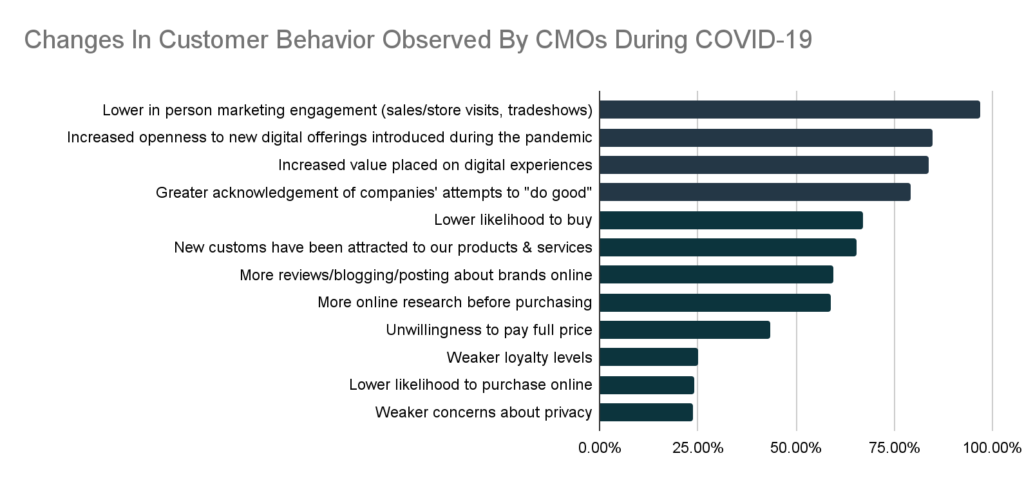
Figure 1.1 – Data from The CMO Survey, published on MarketingCharts.com[1].
- Customers openness to new digital offerings increased by 84.8%.
- There was an increase of, 83.8% of value placed on digital experiences during the COVID-19 pandemic.
- In addition, there was a 65.4% increase in new customers interested in products and services.
How Top-Tier Organizations Plan For Software-Assisted Growth
Top-tier companies excel in growth by mastering the art of “jumping S-curves”. Taking this proactive approach returns long-term, sustained expansion. However, waiting until product sales begin to plateau before considering next-generation innovations is often a misstep. At this point, the momentum of growth has slowed, making it far more challenging to boost the trajectory of the business.
Navigating past plateaus requires foresight and strategic planning. Unfortunately, during periods of growth leadership teams often develop a sense of invincibility, overlooking the need to fund new, unproven initiatives. The key to continuous growth and avoiding those moments of crisis is the ability to identify and invest in these emerging opportunities before the business hits the peak of its current S-curve.
This is where the multifaceted role of business software stands out. It enables companies to penetrate new sales channels, venture into different geographic markets, and launch innovative products and services. For businesses to adapt quickly to shifting market dynamics and consumer demands requires flexibility.
It is no surprise that companies are now recognizing the value of custom software development. This approach goes beyond addressing immediate operational needs; it creates a unique intellectual property, a competitive advantage that’s not easily replicated by others.
Custom software is more than a tool; it becomes an integral part of a business’s identity and strategy, reflecting its unique vision and approach.
Case Study
Consider the example of Netflix. Their journey is not just about growth; it’s about continuous reinvention and strategic adaptation.
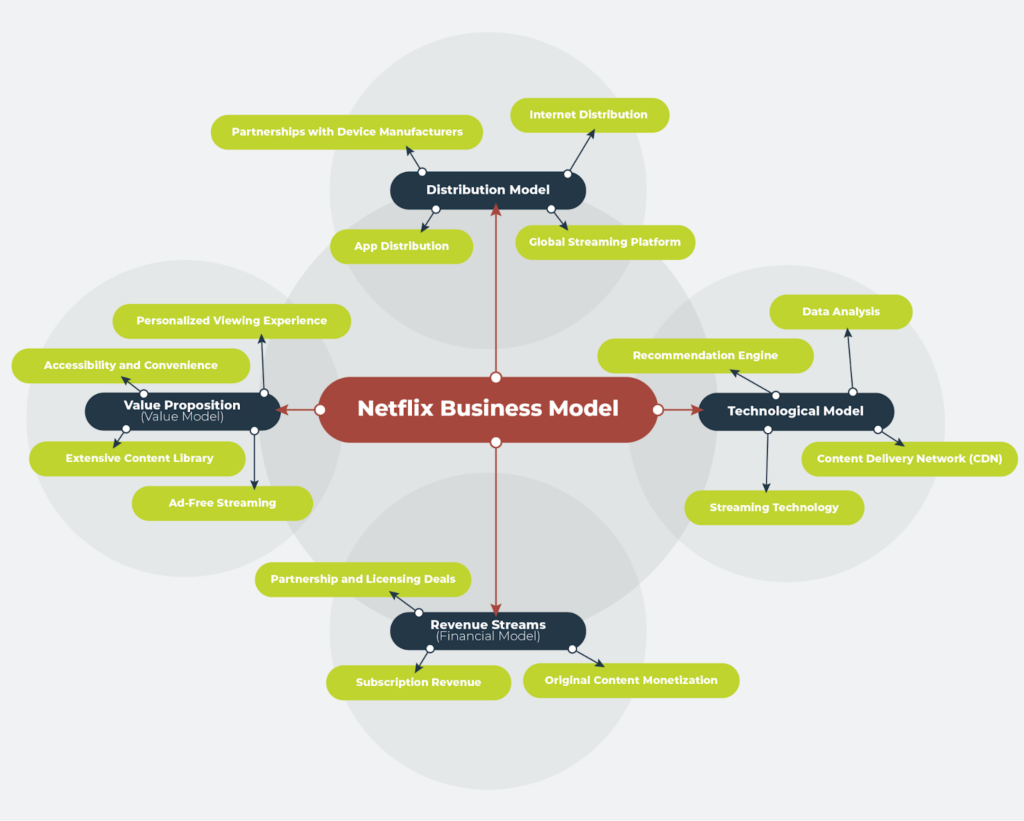
Figure 1.2 – Netflix Business Model By FourWeekMBA[2].
From a DVD delivery provider to a streaming service and original content creator, their investment in custom software for content recommendation and user experience has been a game-changer, setting new industry standards and keeping them at the forefront of the market.
As they explore future growth avenues, their reliance on innovative software solutions remains a key driver of their success.
165.43% increase in net subscribers
Netflix experienced a 165.43% increase in net subscribers over a 5 year span after gradually increasing their annual content spend from 2B per year to 8B per year.
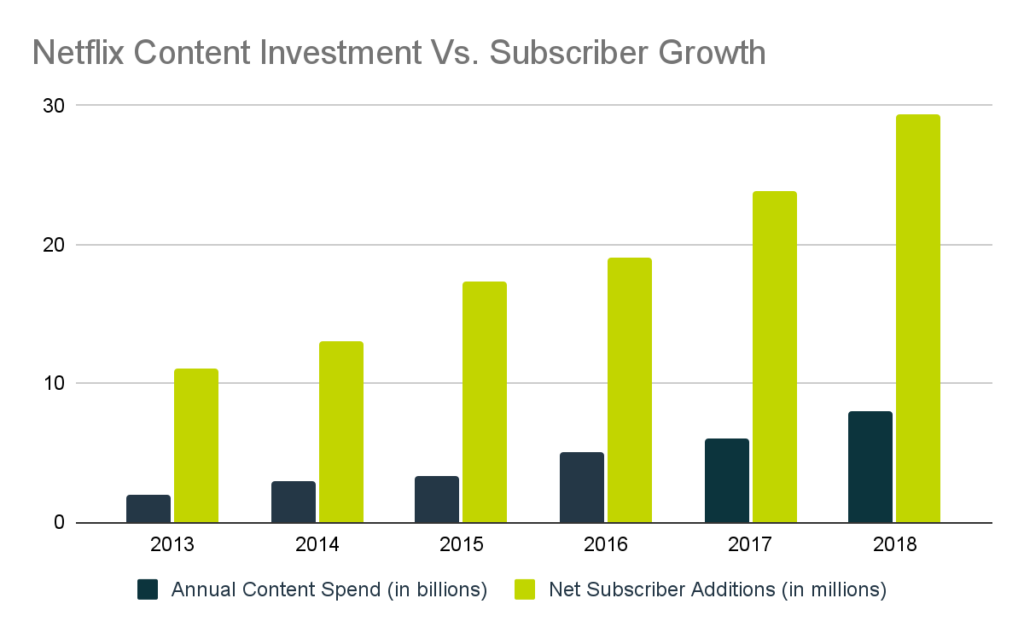
Figure 1.3 – Netflix Content Investment vs. Subscriber Growth From Business Insider [3].
02
Chapter 02
The Off-the-Shelf Software Solution
Off-the-shelf software refers to software solutions that are generally mass-produced by software companies for wide-market use. These ready-made products have comprehensive and practical capabilities designed to satisfy a wide range of users. Since they are universal, most can be integrated with existing systems, but this process can often be complicated.
Pros
Lower Initial Cost
Many business leaders are drawn to off-the-shelf software due to its affordability. Ready-made software solutions have been fully developed and tested, making them a cost-effective solution for businesses that do not mind the lack of customization.
No WaitingSome businesses are in a time crunch when choosing software. A clear advantage to off-the-shelf software is that there is no need to wait for development or testing. Once the software has been purchased or licensed, businesses can implement it right away.
Ongoing SupportMany software service providers offer businesses continued support and updates as part of their standard licensing fee. This means that businesses can contact customer service as needed and can rely on speedy bug fixes and new features.
Cons
Long-Term Costs
While the initial cost of off-the-shelf software can be lower, it is often more costly in the long term. As most off-the-shelf software is licensed, it is often tied to a specific period of use. Users may be required to pay monthly or annual fees to continue using the product.
Lack of CustomizationOff-the-shelf software is designed to appeal to a wide audience, meaning features and capabilities are often broad. Unfortunately, these solutions often lack customization for businesses that require more focus on particular features and capabilities.
Unpredictable ActionsWith off-the-shelf software, the solution is completely controlled by the vendor. Some vendors may choose to update the system, potentially causing adverse effects in the system. Vendors can also stop supporting applications at any time, forcing businesses to purchase new software.
Off-the-shelf software has its limitations. However, a ready-made solution can be advantageous if it aligns with business objectives. The following checklist provides recommended specification considerations to determine if off-the-shelf solutions align with business objectives:
| Costs | |
|---|---|
| Price fits the company’s budget | |
| There are no hidden fees | |
| Cost of implementation is affordable |
| Functionality | |
|---|---|
| Automates Workflows | |
| User-friendly and intuitive | |
| Integrates with existing solutions |
| Security & Privacy | |
|---|---|
| Data is securely stored and transmitted | |
| Third parties will not have access to data | |
| Data is encrypted and safe from breaches |
| Customer Support | |
|---|---|
| Vendor guarantees customer satisfaction | |
| Vendor accepts and resolves customer feedback | |
| Bugs are fixed quickly to prevent disruption to operations |
03
Chapter 03
The Case For Custom Software Development
Custom software development may be the answer for many organizations in search of tailored software solutions. This strategic software approach enables companies to maintain complete creative control over all aspects of the process, from the initial design to deployment.
Businesses often require specialized solutions to handle unique challenges in their industry, making custom software a popular option for a wide range of enterprises.
Pros
Personalized Solution
Tailored solutions allow businesses to build exactly what they need. With full control over the creative process, companies can make changes, add new features, or modify existing plans to meet unique requirements.
Seamless IntegrationWhile challenges can arise when integrating off-the-shelf software, custom software development goes much more smoothly. Custom solutions are designed to seamlessly integrate with a company’s existing infrastructure.
Enhanced SecurityLiving in a digital age puts businesses at risk for data breaches and other cybersecurity hazards. With full control over software security, businesses can implement advanced security techniques to protect against attackers. This can be particularly beneficial for industries with strict regulatory compliance concerns.
Cons
Higher Initial Costs
One of the biggest downsides of custom software development is the larger upfront investment. Developing custom software from scratch can be a costly endeavor but often sees a better ROI in the long term.
Longer DeploymentCustom software can take months to develop, which can be problematic for companies that require a quick solution. Time must be dedicated to thoroughly developing and testing software to ensure satisfactory results.
Time RequirementsDeveloping custom software is a process that requires extensive involvement from company management. Business leaders must be prepared to be involved at each step to ensure that no aspects of the project are overlooked.
While businesses that choose custom solutions will start seeing the benefits of their investment early on, the long-term benefits are what give these businesses the real upper hand. Custom software promotes growth and gives companies a competitive advantage in their industry.
Unlike off-the-shelf solutions that are owned by a vendor, businesses that purchase custom software actually own the software itself. It is considered copyrighted intellectual property, and for some businesses, may be a trade secret. Since the business is legally the owner of the intellectual property, there is no need to pay for users as the business grows.
- Oracle’s ERP cloud software has a base cost of $75,000 per year, requiring a minimum 3 year contract.
- The 3 year contract only includes 10 users and 83.8% does not include additional services that may be needed.
- At the bare minimum, organizations must be willing to spend at least $225,000 in order to use Oracle’s ERP cloud software.
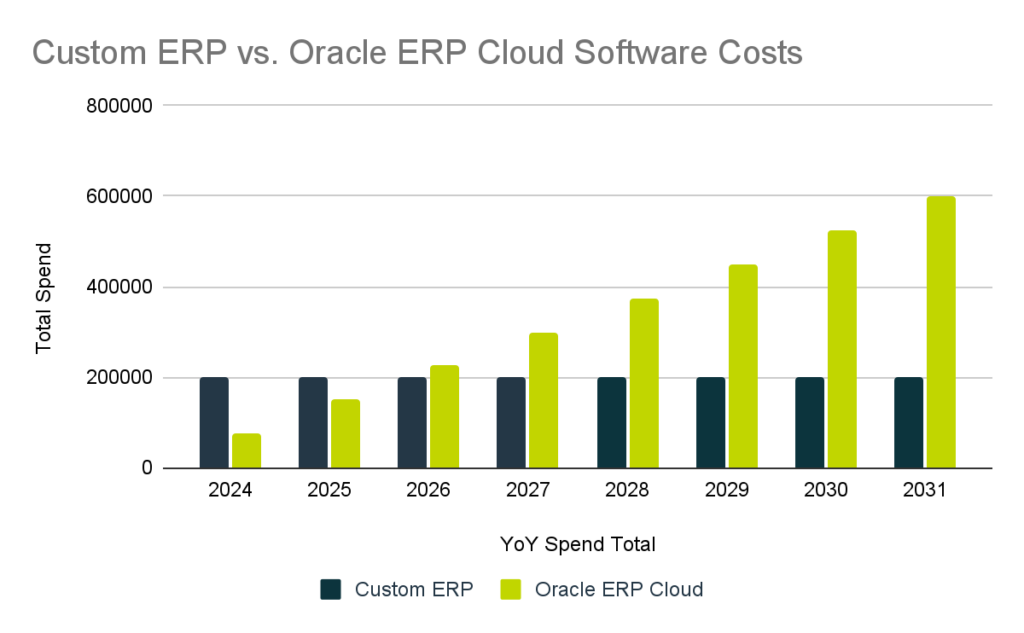
Figure 3.1 – Oracle Pricing Data From Redress Compliance[4].
When determining whether custom software aligns with business objectives, take a different approach than with an off-the-shelf product. To make the project a worthwhile investment, it is important to follow the industry’s best practices.
Take a look at the checklist below to evaluate if custom software solutions align with business objectives:
| Goals & Requirements | |
|---|---|
| Consider aspects including cost and time constraints | |
| Have a vision in mind to share with the development team | |
| Create a list of priority features and capabilities |
| Development & Implementation | |
|---|---|
| Access the value of all features | |
| Focus on features that promote a quick ROI | |
| Eliminate unnecessary features that could become an opportunity cost |
| Testing & QA | |
|---|---|
| Ongoing testing is needed to validate features | |
| Identify challenges that users may face using the product | |
| Gain an outside perspective before finalizing features |
| Integration Strategy | |
|---|---|
| Decide on delivery model | |
| Determine how to seamlessly integrate the software with existing systems | |
| Work with the custom software vendor to support post-launch maintenance |
04
Chapter 04
Making The Informed Decision
Making an informed decision starts with analyzing each key factor and how off-the-shelf software compares to custom software solutions.
| Feature | Off-the-Shelf Software | Custom Software |
|---|---|---|
| Cost | Lower initial cost but long-term licensing fees. | Higher initial cost but long-term savings. |
| Time to Implement | Fast implementation but may present integration challenges. | Due to custom features and capabilities, longer development time but easier integration. |
| ROI | ROI is generally lower due to recurring licensing fees, subscription costs, and ongoing maintenance. | Potential for higher ROI as the long-term benefits outweigh the initial costs. |
| Scalability | Limited scalability beyond the software’s predefined limits. | Can be adapted to business changes and ongoing growth. |
| Customization | Limited customization that may not meet all business needs. | Highly customizable and tailored to a company’s specifications. |
| Features and Functionalities | Standard ready-to-use features and functionalities. | Features and functionalities hand-picked by businesses. |
| Support and Maintenance | Regular updates and access to a support team. | Dedicated support personnel that handles updates and maintenance. |
Learn From Others
While there is no right or wrong software solution for every business, it can be useful to consider others’ experiences with business software. In a Harvard Business Review article written by Jeff Lawson, Lawson explains how he now views software development as a core competency, even implementing custom software after starting his own company, Twilio.
In the article, Lawson insists that the payoff can be profound as custom software can be tailored to the unique needs of an organization. Many companies take the same approach to custom software, including major brands such as Dominos. The popular pizza business gained a competitive advantage by using technology to improve the customer experience.
Custom software and user-friendly mobile apps now allow customers to track the progress of their pizza from the restaurant to their front door. According to Restaurant Business, digital orders now account for approximately two-thirds of the chain’s orders.
Implementing Your Software Strategy
Many businesses purchase software for their company only to discover that implementation is more of an undertaking than they originally thought. Proper planning is needed to minimize disruptions and avoid common pitfalls. Follow these steps to increase the chances of a smooth implementation.
1. Define The Project Scope
An implementation project scope serves as a detailed roadmap that includes all necessary tasks for completing a project. Scopes should outline deliverables, timelines, excluded items, prep work, expected outcomes, and potential conflicts.
2. Identify Key Stakeholders
Assemble a team to oversee the software implementation process. The team should include representatives from each department, such as HR, IT, and operations. All team members should understand their roles and responsibilities.
3. Create a Testing Environment
New software should be tested before it is fully implemented into an organization’s existing system. Establish a testing environment separate from the system currently in use to ensure that all features work as they should and that there are no bugs or malfunctions.
4. Prioritize Employee Training
Preparing the team for new software is a key component of the process. Develop training programs that help employees understand how to use the new software to avoid downtime once it is ready for use.
5. Rollout, Monitor, & Adjust
The final step in implementing a software strategy involves rolling out the software. Business leaders will want to monitor its effectiveness over time, collect feedback from users, and make adjustments as needed.
Driving Business Growth Through Smart Software Choices
Continuous innovation in software development directly impacts the success of today’s businesses. With more organizations becoming reliant on cutting-edge technology to achieve growth and stay competitive, the need for more comprehensive software solutions continues to rise.
Enterprise-level software brings countless advantages to businesses, from cutting costs to workflow optimization. Whether a business is considering off-the-shelf or custom software, the solution must be what works best for the organization. Apply the principles outlined in this guide to steer your software decisions.



